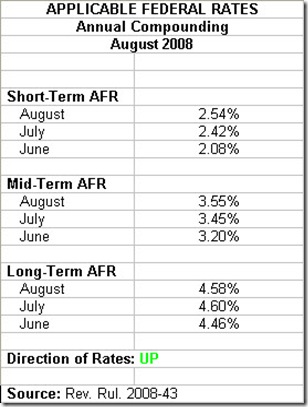Generally, life insurance proceeds are received by the beneficiary free of income taxes. However, in 2006, an important exception to that rule was applied for employer owned life insurance taken out on the life of an employee (EOLI). We first discussed the new exception under Code Section 101(j) back in August 2006 when it was enacted. The IRS has recently finalized regulations regarding reporting under the new rules, so this is a good time to review the area.
The exception was added to prevent businesses from insuring their employees and receiving the death benefits, often without the knowledge and/or consent of the employees. It generally operates to make the insurance proceeds received by a business at the death of an employee taxable to the business to the extent the proceeds exceed premiums and other amounts expended for the policy.
There are many legitimate uses of EOLI, such as key-man life insurance to assist a business in weathering the loss of a key employee. Section101(j) provides an exception for many EOLI policies (essentially, an exception to an exception) that allows businesses to continue to obtain a full Section 101 exclusion for proceeds. To obtain such continued exclusion, the insurance must be on the life of qualified employees, reporting to the IRS and the employee whose life is insured must be undertaken, and the employee must consent.
It is easy to fall outside of the "exception to the exception" and thus subject EOLI death proceeds to income taxation. The following is a listing of many of the areas where businesses with EOLI may inadvertently put themselves into a taxable situation:
a. Insuring the lives of employees who are not covered employees (generally, covered employees are those who are employed within 12 months of death, or were, when the policy was issued, a director, highly compensated employee or highly compensated individual of the business);
b. Not realizing that the EOLI rules apply to all persons engaged in a trade or business, not just corporations (and thus includes partnerships, LLC's, and sole proprietorships);
c. Not realizing that the EOLI rules are not limited to key-man insurance, but may also apply to insurance to fund deferred compensation, to fund a death benefit plan, to fund a buyout of stock or partnership interests, split dollar arrangements, and insurance in VEBAs, qualified retirement plans and in rabbi trusts;
d. The employee does not receive the required coverage information and provide his or her consent BEFORE the policy is obtained; and
e. Material changes in coverage can trigger taxability unless notice requirements are met.
Thus, the door is wide open to continuing full exclusion of EOLI death benefits - provided that the business takes care to comply with the reporting and consent rules.





